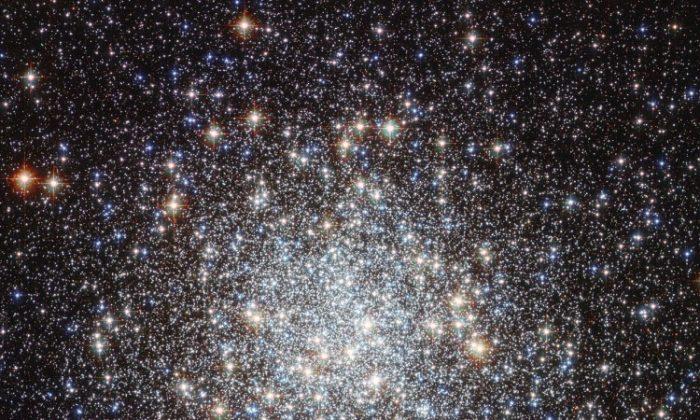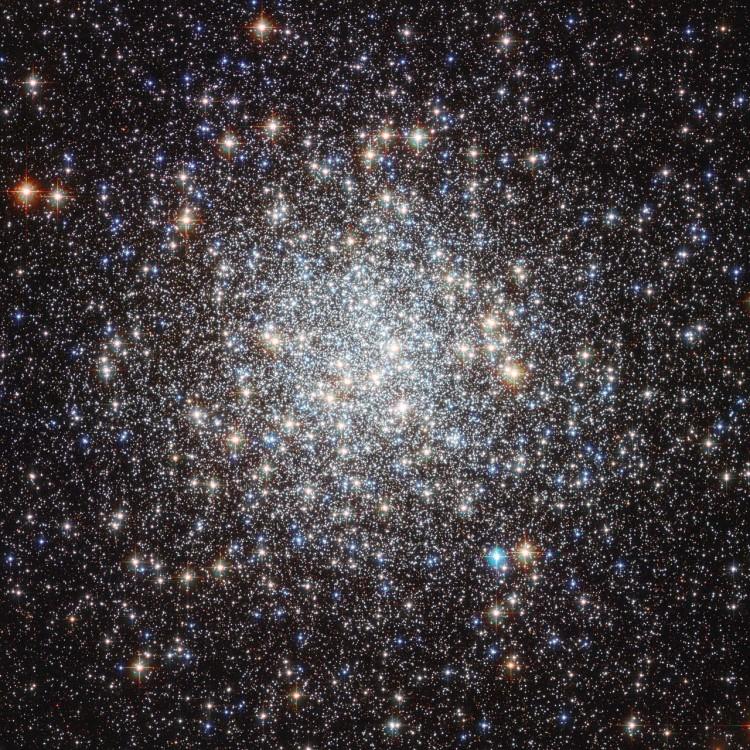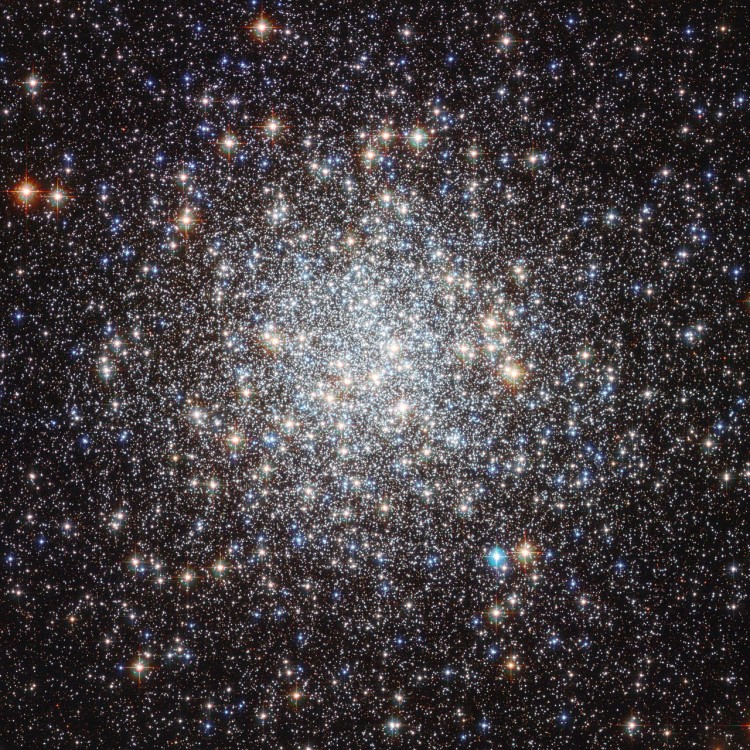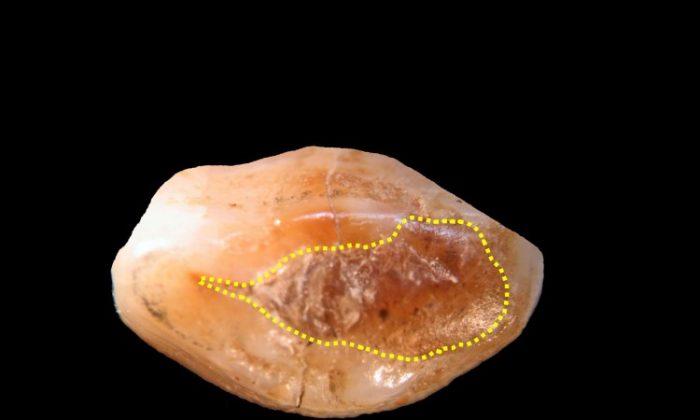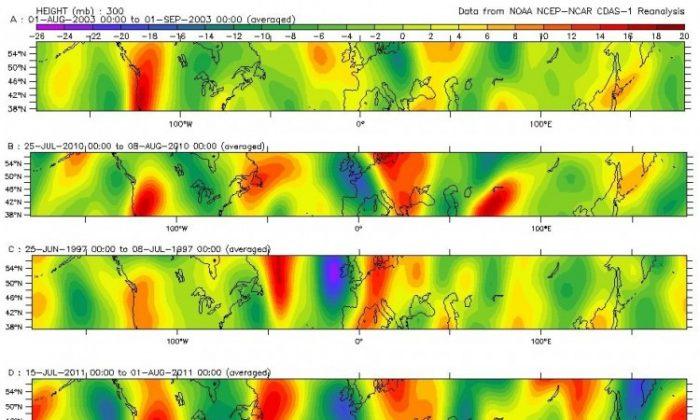The globular star cluster, Messier 9 or NGC 6333, has been snapped in superlative detail by the NASA/ESA Hubble Space Telescope (HST).
Messier 9 is named after French astronomer Charles Messier, who actually cataloged it as a nebula in 1764, because it appeared as a smudgy cloud. However, later that century, astronomers including American William Herschel were able to resolve it into individual stars as technology became more advanced.
NGC 6333 is located towards the center of our galaxy, about 25,000 light-years away, where the gravitational pull of the Milky Way’s galactic center is distorting it slightly.
More than a quarter of a million stars are glittering in this roughly spherical aggregation. A variety of colors are visible, indicating the stars’ temperatures, with blue stars being hotter than red ones.
Two immense dark nebulae can also be seen: Barnard 259 to the south-east of the star cluster, and Barnard 64 to the west.
Messier 9 is about twice as old as our sun and its stars contain a lot fewer heavier elements, such as iron. These elements are thought to have formed slowly inside the cores of stars and during supernova explosions, and hence they were scarce when this star cluster first formed.
